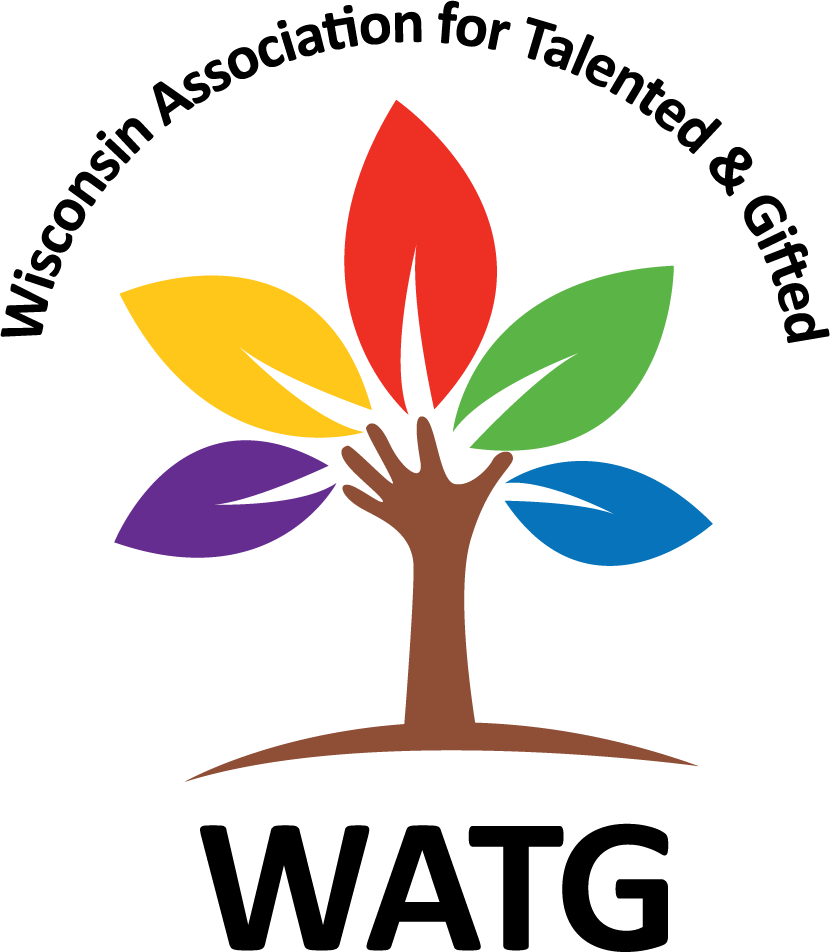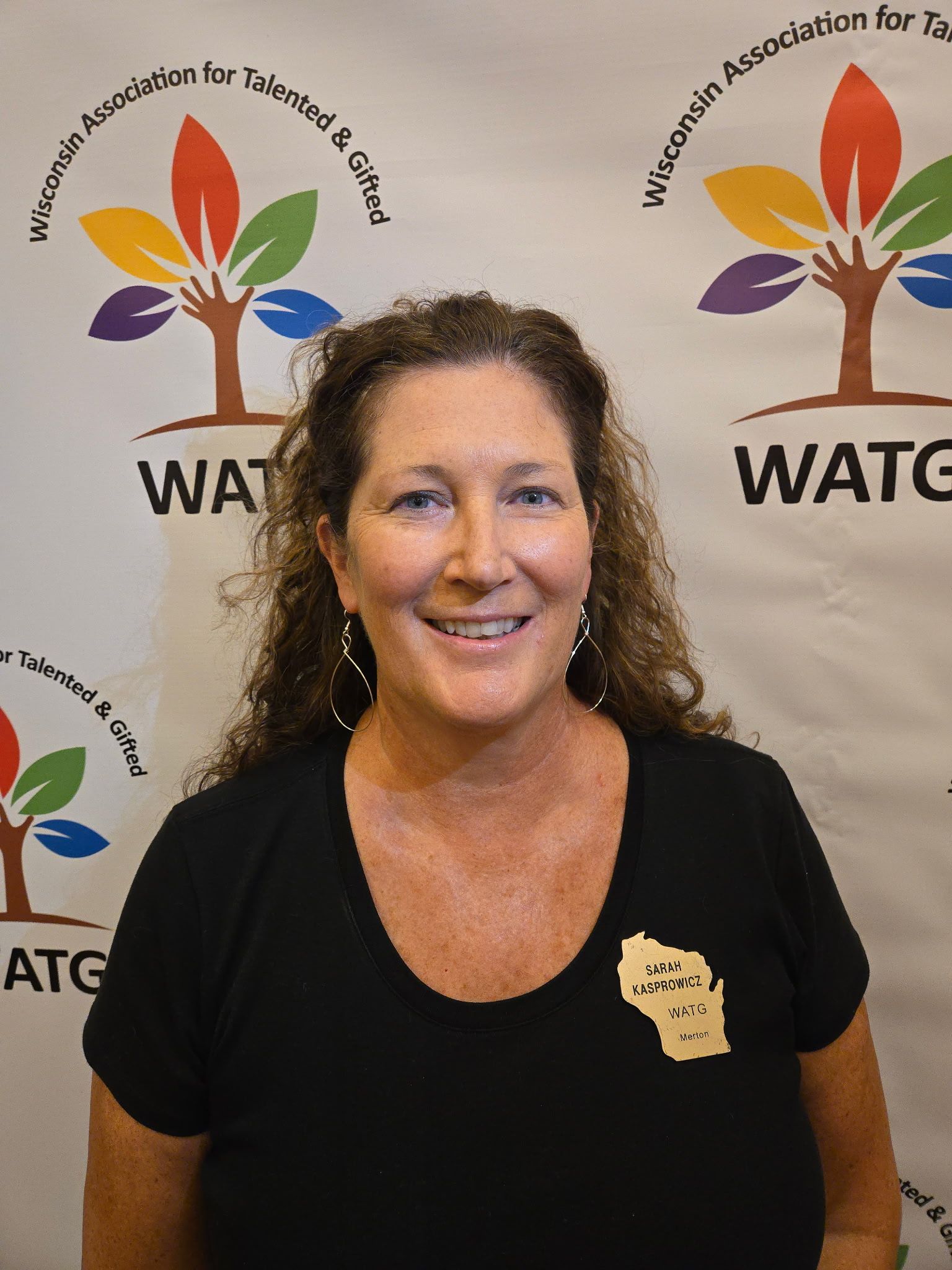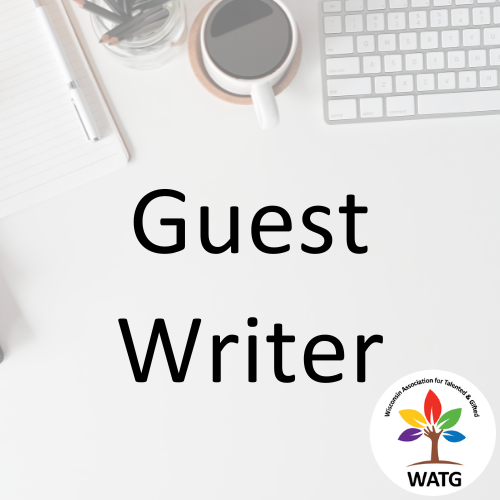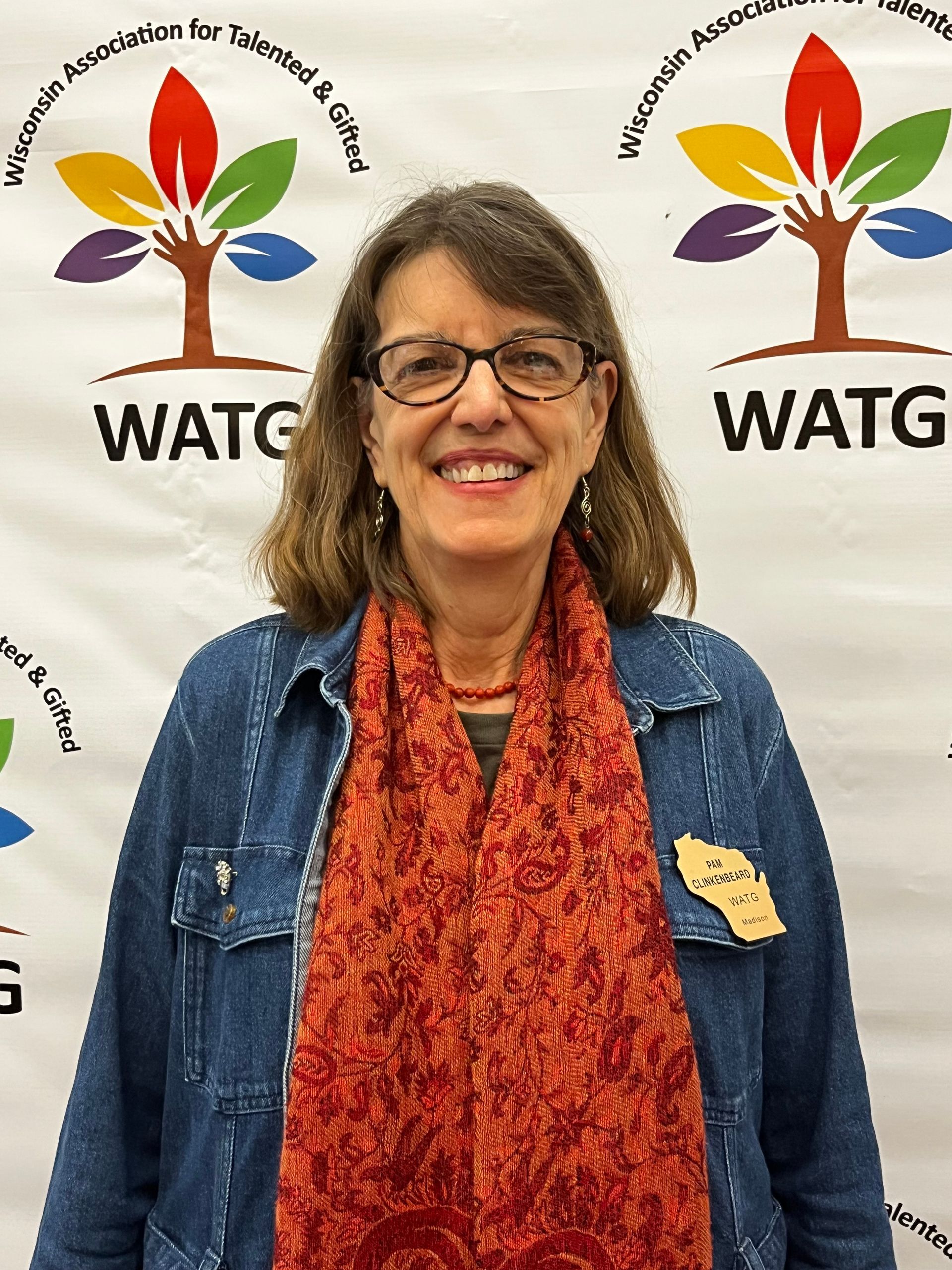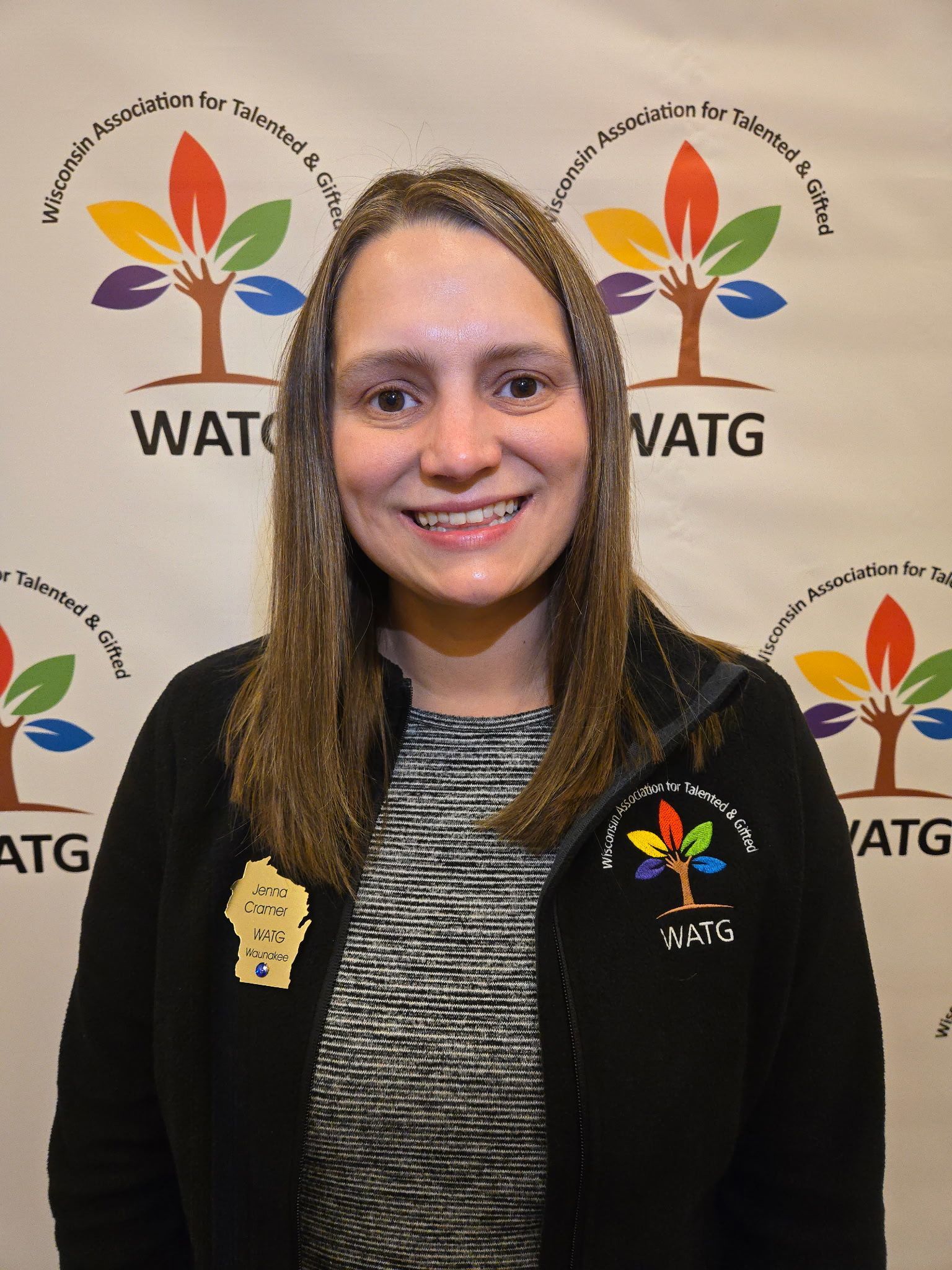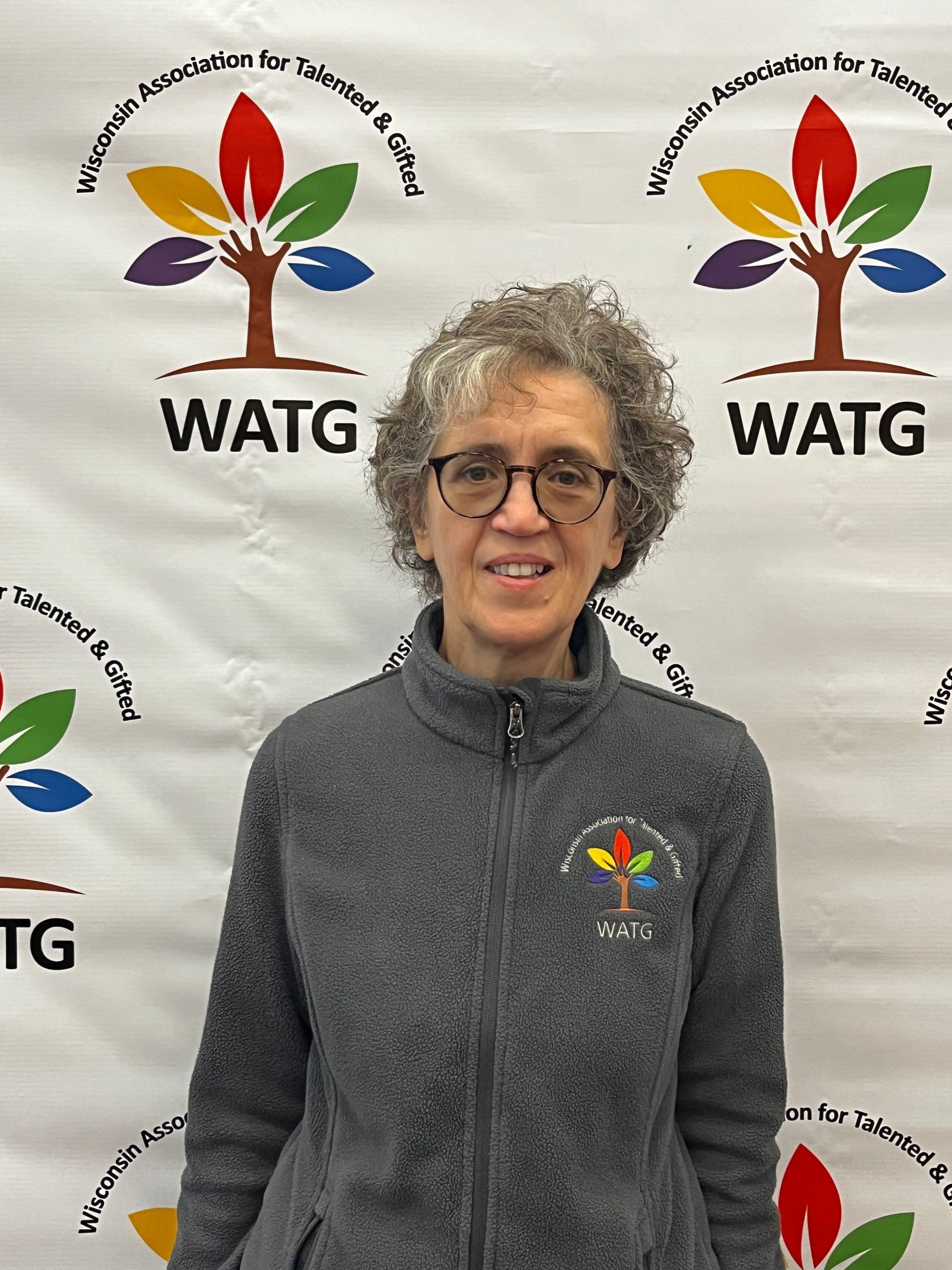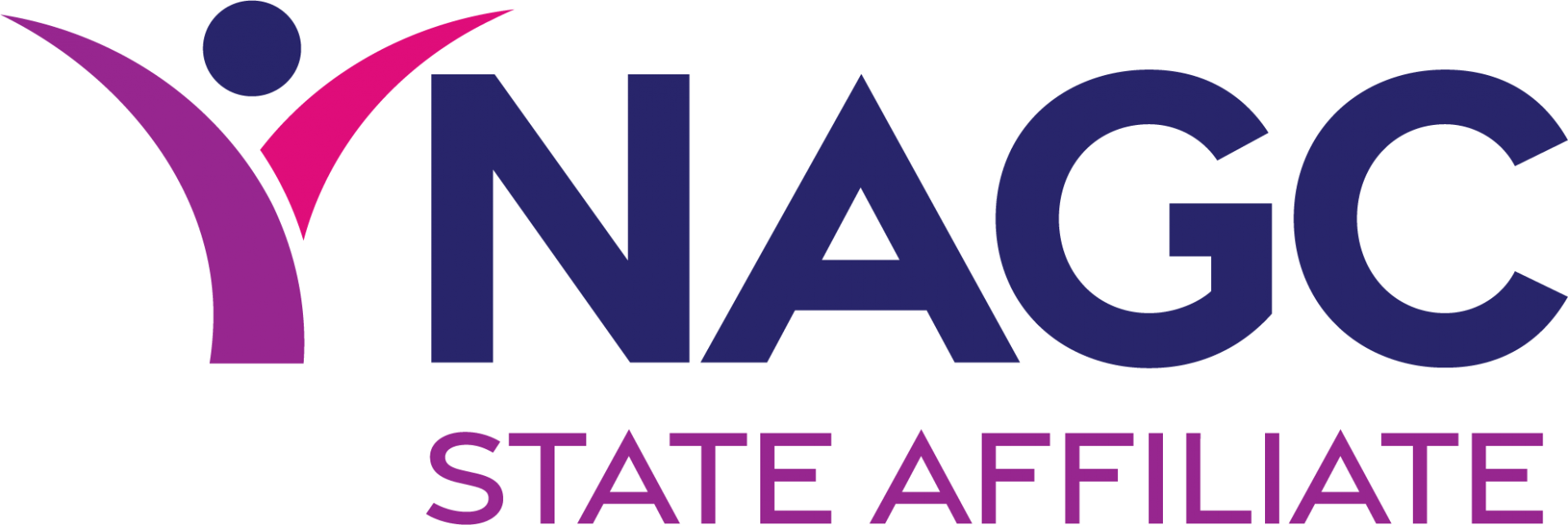CESA 1 PAGE: What's Going On in Southeastern Wisconsin?
I’m going to start with a bit of a history lesson on the CESA 1 Coordinators’ Group and CESA 1 PAGE because, if I’m being honest, I wasn’t quite sure of the differences or nuances of the acronyms. A CESA is a Cooperative Educational Service Agency, which was created by the Wisconsin legislature 50 years ago to divide the state into 12 different areas. These agencies essentially allow geographically close school districts to work together and to share resources.
CESA 1 is the first of those geographical areas; it includes schools and districts in southeastern Wisconsin. There are 11 additional CESAs in Wisconsin.
PAGE, or Partners for the Advancement of Gifted Education, is “an active committee of parent volunteers and educators working together to provide educational and enrichment opportunities for gifted students…" It is affiliated with CESA 1, but the
Coordinators’ Group and PAGE meet at different times, and with different missions.
Additionally, the Wisconsin Association for Talented and Gifted serves as the fiduciary agent for PAGE, though PAGE operates independently when choosing and implementing activities. All districts in CESA 1 are encouraged to join the PAGE initiative, and currently over 15 school districts are a part of this group. Each participating district is allowed parent and educator representatives. Together, and as a group, they provide opportunities for students and families, often activities that a single district alone could not afford, and they have been doing this for many decades.
CESA 1 PAGE is an outstanding, innovative group; they provide events to challenge, enrich, and bring gifted students and their families together for evenings of exploration. As a parent, these events have made a big impact on our family and other families.
Some of the events CESA 1 PAGE has hosted over the years include orienteering at the Urban Ecology Center, Milwaukee Art Museum tours, Unplugged Trivia Night, Board Game Night, UW-Milwaukee Planetarium presentations, improv classes, Mad Science presentations, and many more.
By combining their resources, school districts are able, through CESA 1 PAGE, to offer all of these amazing opportunities. The planning for each event is shared; each district is required to host at least one event during the academic year, and each event, big or small, is open to all the gifted and talented children of the CESA 1 area. Each event is typically free of charge as well, as districts pay dues to be part of CESA 1 PAGE.
My son and I have experienced some wonderful events, explored parts of the area we didn’t know existed, and met all sorts of interesting people. We are fortunate to have CESA 1 PAGE for our area and appreciate their efforts.
From what I have heard, the offerings from CESA 1 PAGE are unique. Not every
CESA area has a group that unites districts to organize student and family events like these. I would recommend that those of you in other CESAs give it a shot. It is worth it!
Sources:
- https://sites.google.com/site/cesa1page/about-us/acronyms-definitions?authuser=0
- https://www.cesa1.k12.wi.us/about
- Lance Thompson, WATG Board Member
Recent Posts

